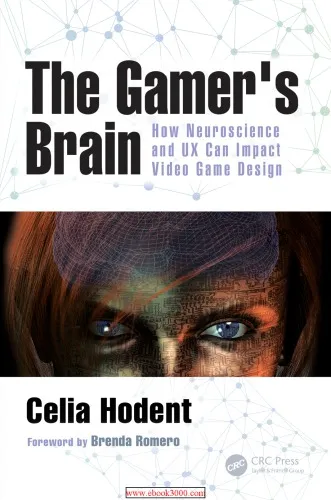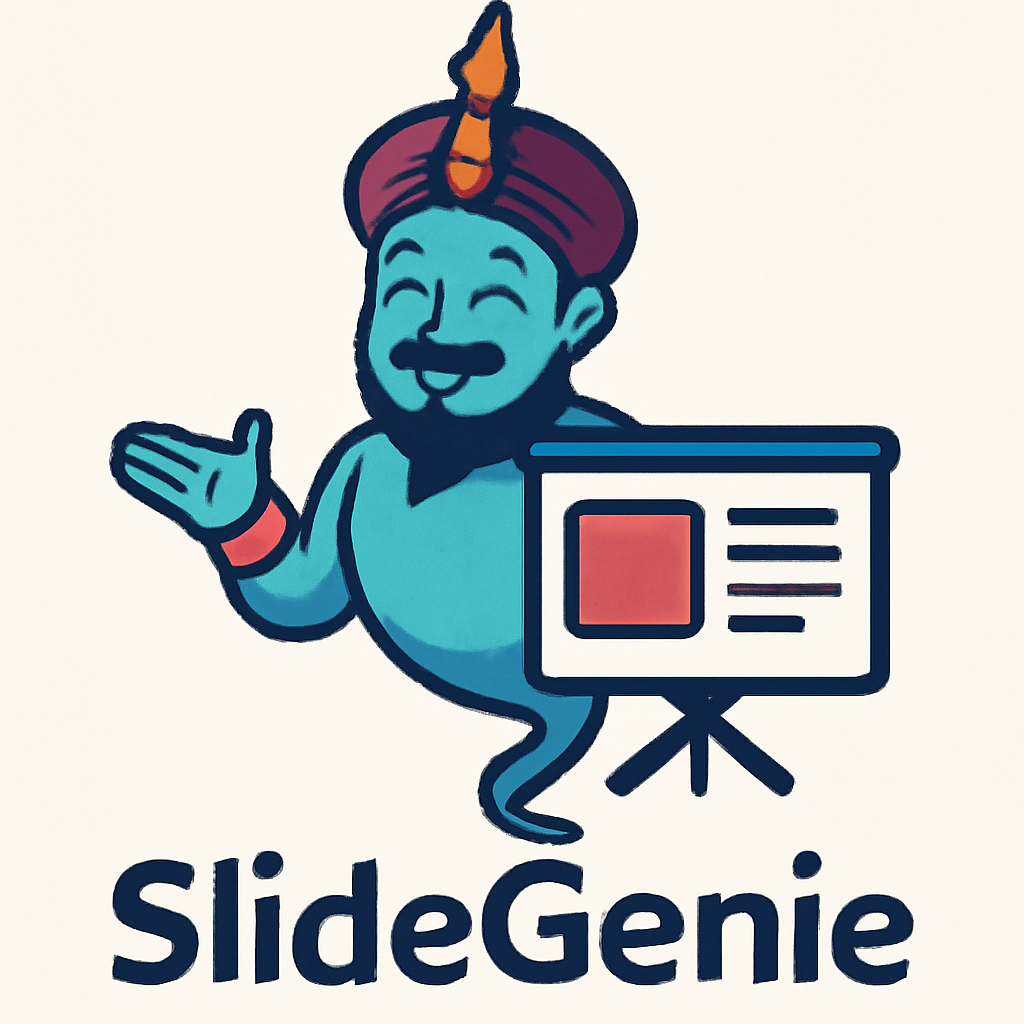The Gamer’s Brain: How Neuroscience and UX Can Impact Video Game Design
4.6
Reviews from our users

You Can Ask your questions from this book's AI after Login
Each download or ask from book AI costs 2 points. To earn more free points, please visit the Points Guide Page and complete some valuable actions.The Gamer’s Brain: How Neuroscience and UX Can Impact Video Game Design
"The Gamer’s Brain: How Neuroscience and UX Can Impact Video Game Design" by Celia Hodent is an insightful exploration of the intersection between cognitive science, user experience (UX), and the high-stakes world of video game development. This book serves as both an academic resource and a practical guide, offering valuable insights into how the human brain processes information during gameplay. Designers, developers, and even players can deepen their understanding of what makes games engaging, how they influence behavior, and how thoughtful design choices can elevate user satisfaction. Inclusive, structured, and backed by science, this work is a must-read for anyone in the gaming industry who wants to design impactful and memorable experiences.
Detailed Summary of the Book
In this book, Celia Hodent demystifies how human cognition, emotions, and memory work in the context of interactive entertainment. By leveraging neuroscience and cognitive psychology principles, she explains how these fields directly apply to video game design. The book begins by addressing how the brain perceives and processes visual signals, sounds, and other sensory inputs, and then provides a comprehensive exploration of player psychology.
Hodent divides the book into three key parts. The first part focuses on understanding the gamer’s mind, describing the basics of cognitive science and how game players interpret and interact with their virtual environments. In the second section, she delves deep into the principles of UX applied to video games, emphasizing the importance of usability, accessibility, and how to craft an intuitive and enjoyable user experience. Finally, in the third section, Hodent discusses how integrating UX strategies into the development process can help ensure that games are not only fun but also resonate emotionally with their target audiences.
Through real-world case studies, industry best practices, and actionable advice, Hodent bridges the gap between theoretical neuroscience and practical application. From how to manage cognitive load to balancing difficulty levels, the book offers a treasure trove of knowledge aimed at improving how designers approach game creation.
Key Takeaways
- Understanding user experience (UX) is central to creating more engaging and successful games.
- Neuroscience and cognitive psychology can guide game designers to optimize attention, memory, and motivation.
- Good design minimizes distractions, reduces cognitive overload, and improves player immersion.
- Accessibility and inclusivity are pivotal for creating games that resonate with diverse audiences.
- Holistic collaboration between game designers, UX researchers, and development teams leads to better outcomes.
Famous Quotes from the Book
"Games succeed or fail primarily because of how they make players feel, not because of technical perfection or visual fidelity."
"In gaming, every decision matters. The brain has only a limited amount of attention to give, so designing with focus in mind is paramount."
"UX is the bridge between game design intent and the user's experience. Without it, even the most innovative games can stumble."
Why This Book Matters
"The Gamer’s Brain" isn't just a book for game developers—it’s a manifesto for creating human-centric and emotionally resonant digital experiences. As gaming continues to evolve into one of the largest entertainment industries in the world, understanding players' cognitive patterns and emotional responses has never been more critical. This book empowers developers to think beyond graphics and technical features, focusing instead on how players truly engage with their games.
Celia Hodent’s work is especially relevant in today’s age of hyper-competition in the gaming sphere. With an emphasis on psychology-driven design, the insights in this book allow developers to connect deeply with players and craft experiences that not only entertain but also leave lasting memories. Beyond entertainment, the concepts discussed can also be applied to gamified learning, mental health applications, and other interactive media, showcasing its broad influence across industries.
For anyone serious about designing games that people will love, "The Gamer’s Brain" is an indispensable guide to understanding what makes games meaningful and how to create designs that honor both creativity and user satisfaction.
Free Direct Download
Get Free Access to Download this and other Thousands of Books (Join Now)
For read this book you need PDF Reader Software like Foxit Reader
Accessing books through legal platforms and public libraries not only supports the rights of authors and publishers but also contributes to the sustainability of reading culture. Before downloading, please take a moment to consider these options.
Find this book on other platforms:
WorldCat helps you find books in libraries worldwide.
See ratings, reviews, and discussions on Goodreads.
Find and buy rare or used books on AbeBooks.


